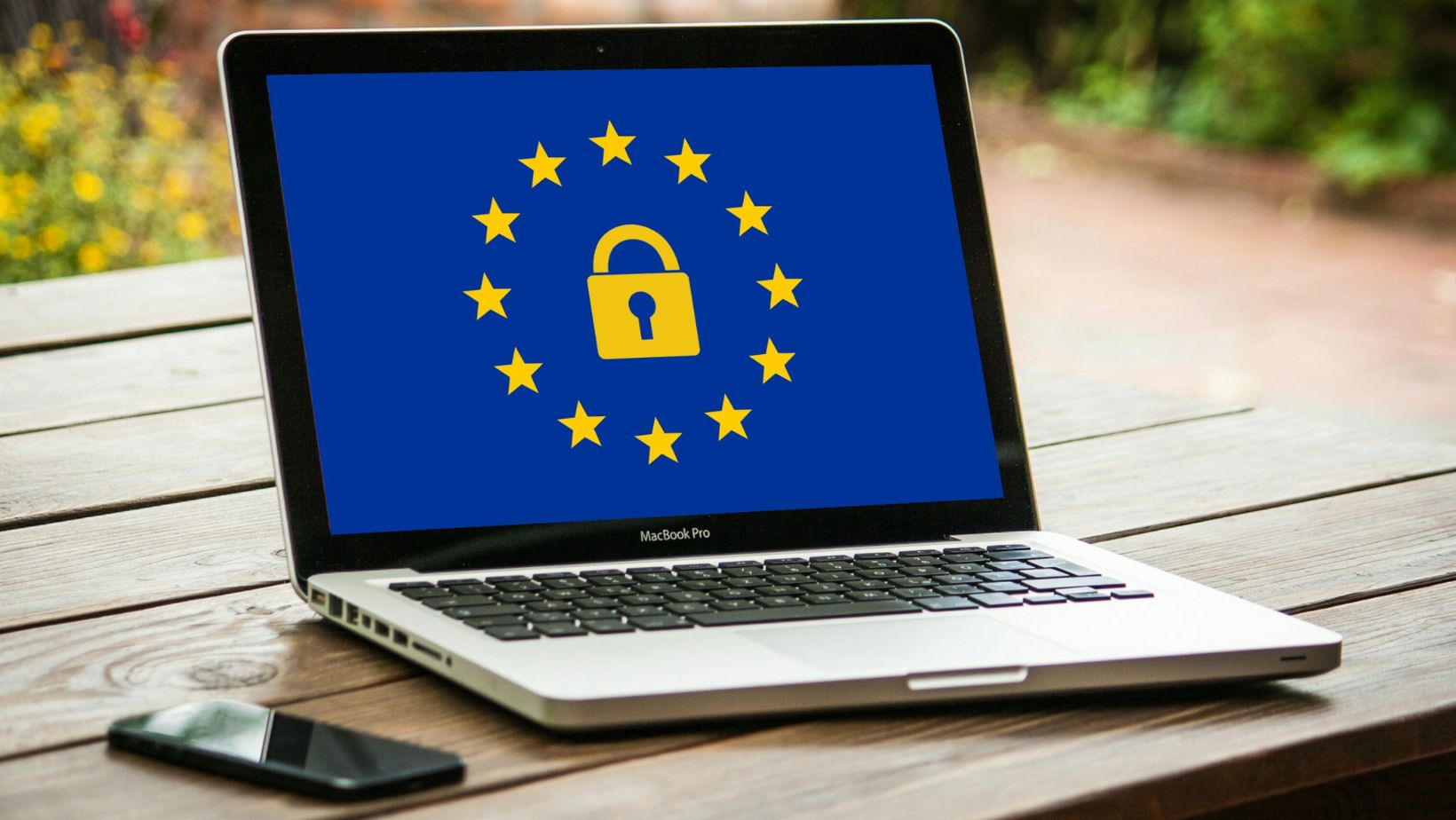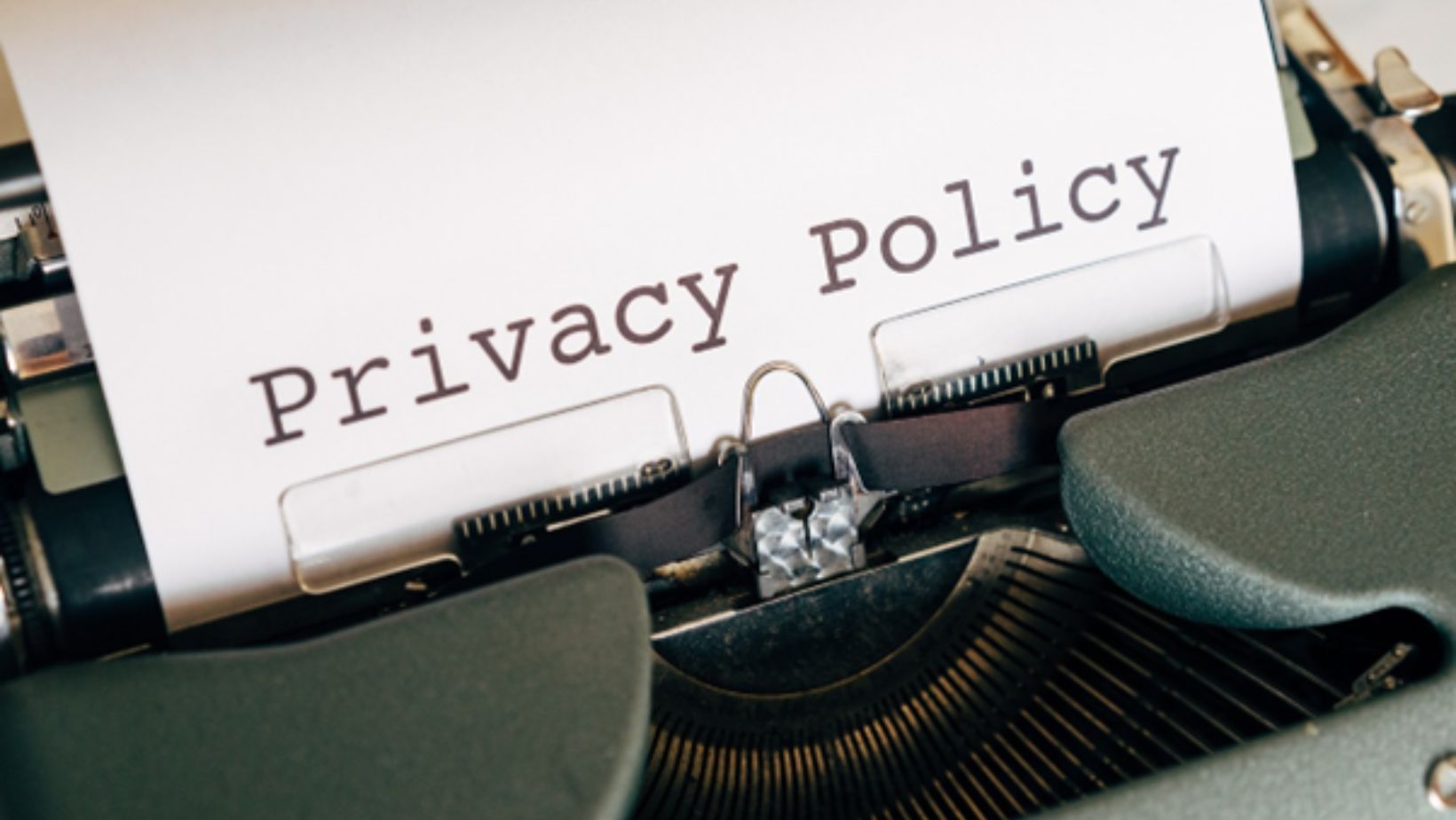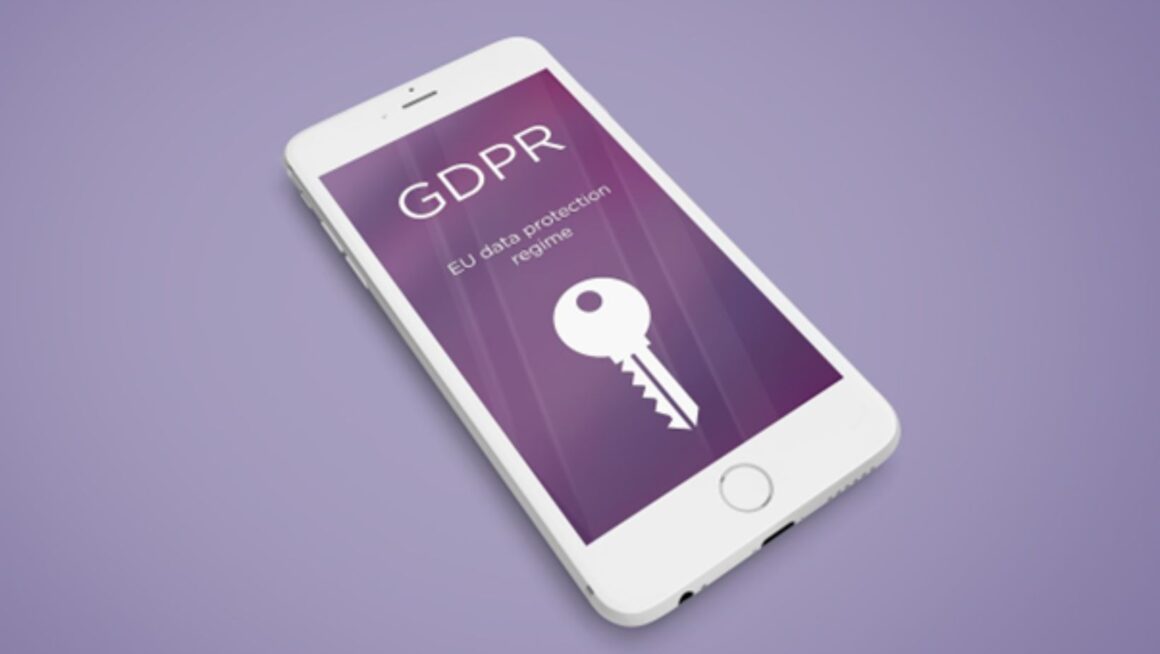In today’s digital age, data has become the lifeblood of business. However, with this power comes great responsibility, particularly when it comes to protecting personal information. Enter the General Data Protection Regulation (GDPR), a comprehensive law that’s reshaping how businesses collect, store, and process data. Designed to give individuals greater control over their personal data, GDPR imposes strict guidelines on businesses to ensure transparency, security, and accountability. In this article, we’ll explore how GDPR is transforming data management practices and what businesses need to do to comply with its regulations.
Understanding and complying with GDPR isn’t just a legal necessity—it’s a brand trust issue. It’s crucial to get it right. This article aims to demystify GDPR compliance, giving you the knowledge you need to navigate this complex landscape with confidence. Ensuring that your organization is fully compliant with GDPR regulations is crucial not only to avoid hefty fines but also to safeguard your reputation and foster long-term customer loyalty.
Understanding GDPR and Its Importance
As data continues to grow in value, protecting it emerges as a critical mandate. Here, the General Data Protection Regulation (GDPR) and similar data protection laws play a crucial role. Businesses, whether startups or established corporations, must grasp these regulations thoroughly.
Designated as a measure against breaches, GDPR shapes the way businesses handle personal information. It not only acts as a data safeguard but also ensures that customers’ trust in a company does not waiver. Understanding GDPR implies understanding its core constituents – namely scope, rights, responsibilities, and penalties.
A business that knows the GDPR in its entirety can conduct a gap analysis, comparing their current status quo and the ideal GDPR-compliant state, to identify areas that require focus. By implementing the GDPR successfully, businesses act in a way that’s compliant with data protection laws, hence reducing the risk of penalties and potential breaches.
Steps to Achieve GDPR Compliance
Adhering to GDPR involves a series of steps that help businesses observe crucial data protection laws, thereby minimizing data breaches. This sequence does not just prevent penalties but also fosters a culture of data protection, reinforcing brand credibility.
1. Understand the Domain of GDPR:
Recognizing the full extent of GDPR is the first step towards compliance. This includes knowing personal data’s exact definition within the GDPR context and understanding the complete rights of data subjects. Businesses must familiarize themselves with the obligations they face under this regulation.
2. Conduct Gap Analysis:
A detailed gap analysis acts as a bridge, identifying the distance between a business’s current data protection position and where it needs to be under GDPR. Establishing this information gap helps prioritize actions needed to attain compliance.
3. Develop a Data Management Strategy:
Develop an effective data management strategy, accounting for all data from collection to disposal. It includes knowing where data comes from, where it is stored, who accesses it, and how it’s destroyed or anonymized.
4. Implement Robust Security Measures:
This stage necessitates the implementation of data protection measures by experienced managed IT services to safeguard against breaches, potentially mitigating any damage if they occur. Measures include robust password policies, firewalls, restricted access, and data encryption.
5. Regular Training and Awareness Programs:
Educate employees about GDPR’s nuances, enhancing their knowledge around data breaches and how to prevent them. Regularly updated training ensures employees remain aware of the latest developments.
6. Document Compliance Efforts:
Lastly, businesses must document their compliance efforts meticulously.

Clear, concise records validate GDPR compliance, providing evidence of due diligence incase of an inquiry. It’s not enough to just comply; businesses must prove their compliance, too.
GDPR Gap Analysis
A comprehensive GDPR gap analysis comprises a crucial component of the data protection strategy for businesses. This analysis helps in discerning the areas where a company falls short of the GDPR’s stringent requirements. Given the GDPR’s broad domain, spanning numerous data protection laws, businesses benefit significantly from identifying their specific gaps. Detection of gaps can both safeguard against devastating data breaches and testify to a commitment to robust data security protocol.
Step-by-Step Process of Conducting GDPR Gap Analysis
Conducting a GDPR Gap Analysis takes meticulous planning but can serve as a preventive measure against potential compliance breaches. Though the process may seem daunting, it’s crucial to a company’s overall GDPR strategy.
- Identification: Recognizing personal data processes within a company’s domain that are subject to GDPR is the initial step. This identification includes the reason for data collection, whether it’s consent-based, and who has access to it.
- Assessment: The next state involves evaluating all existing data handling practices against GDPR standards. This evaluation aids in identifying and addressing operation areas that do not comply with GDPR rules.
- Analysis: Upon determining where the company falls short, a detailed analysis of these areas gets conducted. This analysis provides insights into why these gaps exist and how they can pose risks.
- Remediation Plan: Based on this data, a remediation plan gets prepared. This plan outlines steps to fill these gaps, fortifying the vulnerabilities against breaches.
- Implementation: The last phase involves putting the plan into action, implementing needed changes, and monitoring the company’s data handling practices continuously. Monitoring ensures that the company moves with the changing landscapes of GDPR.
By conducting a GDPR gap analysis, it’s easier for companies to navigate the elaborate labyrinth that is data protection laws, reducing the chances of data breaches, and demonstrating a commitment to robust data protection.
Handling Data Breaches
Facing data breaches, companies’ immediate actions under GDPR norms exert an enormous impact. Crucially, they’ve got to establish robust procedures to handle such unforeseen circumstances effectively. A proper response to a data breach can mitigate the potential damage it can cause not only to the company’s reputation but also to the individuals involved.
Notification Within 72 Hours
Companies have a strict 72-hour window to report data breaches after becoming aware of them. Importantly, they must communicate with both the relevant supervisory authority and the individuals affected by the breach. Providing an overview of the breach, describing its potential impacts, and informing about actions taken in response – all these must fit into the initial notification per GDPR Article 33.
Understanding the Nature of the Breach
Comprehending the nature of a breach benefits companies in many ways. It aids in identifying the type of data affected, number of individuals at risk, and potential consequences they could suffer. To perform this, businesses may conduct a gap analysis, comparing initial data protection procedures against the current situation, thereby pinpointing where the leakage might have occurred.
Continuous Monitoring and Improvement
Turning GDPR compliance into a strategic advantage implies dedication beyond a one-off gap analysis or an immediate response to breaches. Instead, it requires implementing continuous monitoring systems, constantly reviewing policies, and frequently improving security measures in the face of evolving data protection laws and technologies.
Embedding a GDPR-Compliant Mindset
Instilling a GDPR-compliant mindset throughout an organization is crucial. Regular staff training, as mentioned in previous sections, plays a significant part in this, ensuring all individuals understand the importance of GDPR and know how to handle personal data correctly.

Additionally, assigning a dedicated Data Protection Officer (DPO) demonstrates a company’s commitment to GDPR compliance.
Evaluating and Updating Policies
Companies shouldn’t treat their data protection policies as a fixed document. Regular scrutinizing of these policies in light of new technological advancements or legal alterations is essential. A repeating cycle of review and update helps businesses stay abreast of the ever-changing data protection landscape.
The Role of Technology in GDPR Compliance
Harnessing the power of technology, businesses are finding ways to align with GDPR standards, thereby bridging the gap between their existing practices and data protection laws. Innovative software solutions, not just offer assistance in data management, but also lend their capabilities in several ways to make GDPR compliance more accessible.
Automation and Data Mapping
Use of automated processes, for example, can streamline the complex task of data mapping. By identifying where personal data resides and understanding how it flows within systems, businesses get clarity on their data processing activities. Consequently, they’re able to mitigate risks associated with data breaches.
Security Tools
Technological advancements also facilitate firms in stepping up their data security measures. Advanced encryption tools, anonymization techniques, and security software help businesses safeguard personal data, resonating with the GDPR’s emphasis on data protection.
Building a Culture of Data Protection
It’s clear that GDPR compliance is a critical aspect of business operations in the digital age. Businesses need to understand the scope of GDPR, conduct a gap analysis, and develop a robust data management strategy. It’s not just about meeting a legal requirement—it’s about fostering trust and ensuring resilience in a rapidly evolving digital landscape.
Regular training and awareness programs for employees, along with meticulous documentation of compliance efforts, are key. They help businesses stay ahead of technological advancements and regulatory changes. Moreover, technology can be a powerful ally in this journey, with automation, advanced security tools, and tech-driven training programs making the path to compliance more manageable.

